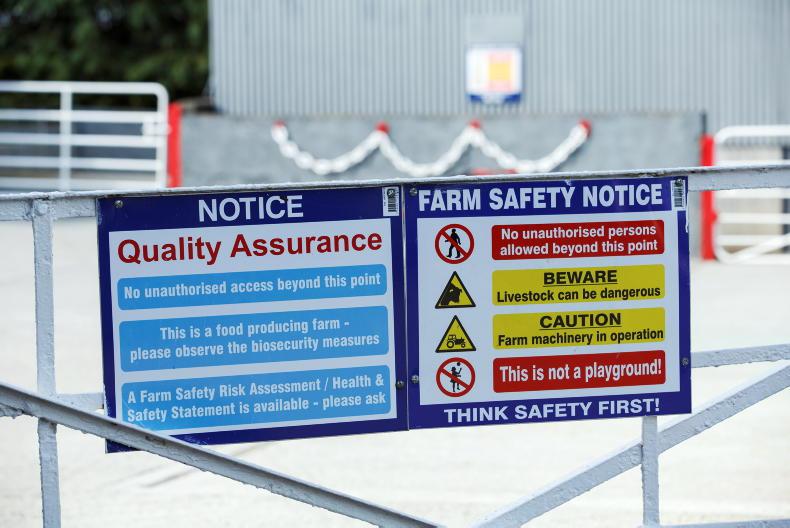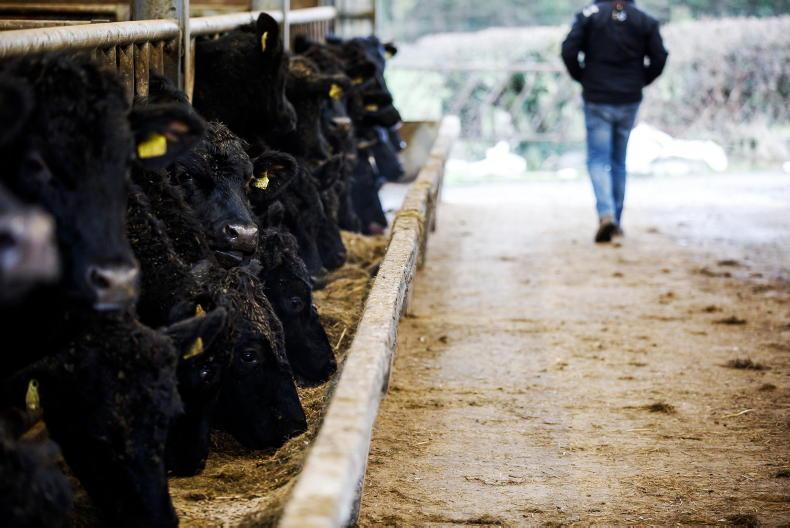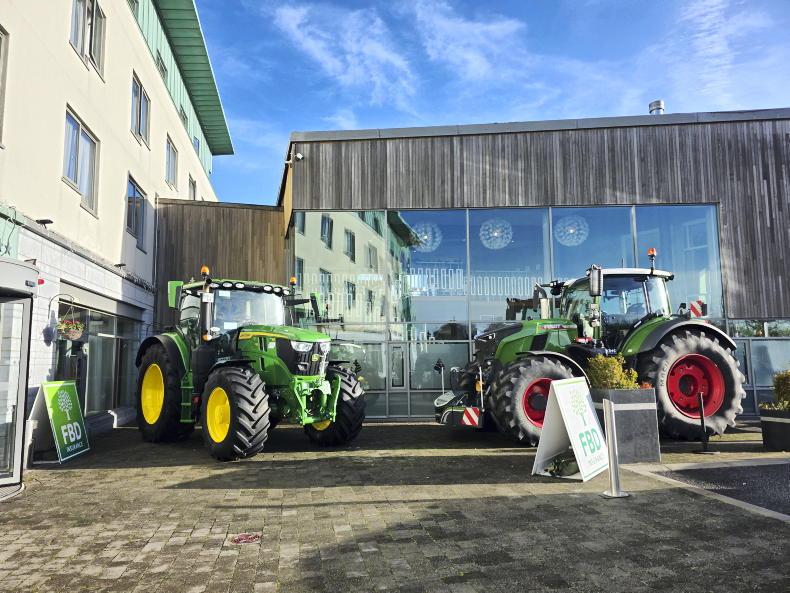Shorter days mean a lot of farm work takes place in the dark, especially on part-time farms.
Having lights working in the shed and the yard can make daily tasks much easier and a lot safer.
Make sure all lights are working and in good condition. Ideally, this should be done prior to stock being housed. This may just mean cleaning the light covers which can make a huge difference to the brightness of the light.
Where a shed light needs attention when cattle are already housed, remove stock from the pen before attempting to carry out the work.
Over half of all fatalities on Irish farms involve tractors and machinery. Make sure that your tractor is fit for purpose this winter.
Replace any bulbs in lights, where necessary, and ensure that the brakes and handbrake are working properly.
Keep the mirrors, windscreen, back window and all glass panels as clean as possible, both inside and out, as this will greatly improve visibility from the cab.
Where more than one person is working in the yard, hi-vis jackets should be considered to help increase visibility. Often, farm work clothes are dark in colour and blend in with their surroundings.
During my time in Scotland, I visited a farmer who had a simple rule that anyone who came into the farmyard had to wear a hi-vis vest – no questions asked.
I remember he noted that not only did it help with people being seen but it also acted as a trigger for people to be more conscious of farm safety when they were on the farm.
Some people will say that hi-vis jackets will cause cattle to get agitated.
This can be true in the short term.
However, once they get used to seeing the hi-vis jacket, after a few days they will soon pass no notice to the change.
Many small accidents such as trips and falls could be avoided by having a tidier farmyard. Put aside a few hours over the next week to have a tidy up around the farmyard.
Put machinery that is not needed until next year out of the way.
Try to have a certain place to leave everything – machinery, fence posts or whatever it might be.
If everything has a place, there should be no need for objects to be left in the way.
The added benefit is that things will be easy to find the next time you need to use them.
A lot of stock will be handled between now and the turn of the year either for dosing or clipping or other management tasks.
Make sure your handling equipment is up to the challenge.
This does not have to mean making a huge investment in equipment.
Having all gates swinging, have bolts and latches working and having yards enclosed so that stock can be efficiently moved from pen to handling unit and back should be the priority.
Livestock work is best done by more than one person. Where this is not an option, ensure that you have your mobile phone in your pocket at all times.









SHARING OPTIONS